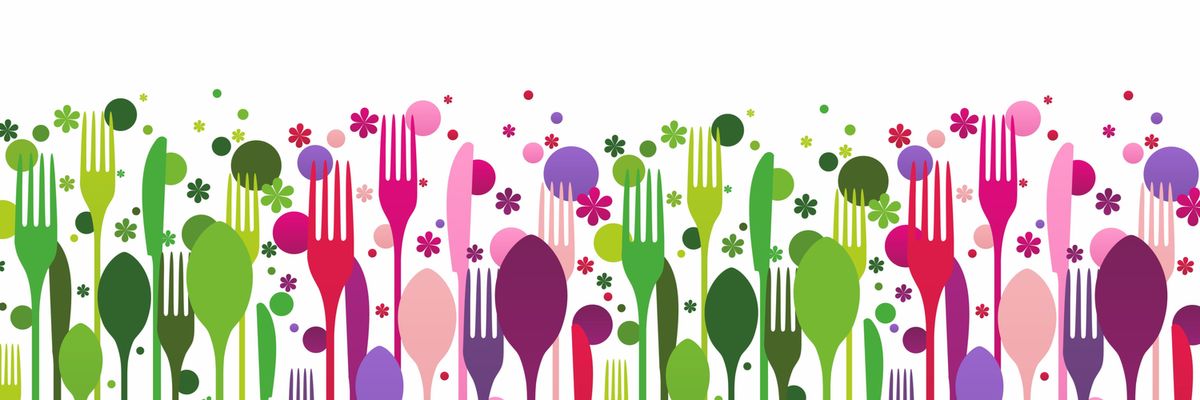For consumer packaged goods (CPG) food brands struggling to regain lost market share and reach both existing and new consumers through digital channels, there’s a not-so-secret weapon for success: influencer marketing.
However, I’m not talking about hiring a social media star with followers in the millions to give your product a halfhearted shout-out. I’m talking about the kind of influencer marketing that’s highly targeted, authentic, relatable, and drives true brand engagement.
Today’s food brands have plenty of creative options for combating the loss of in-person opportunities, thanks to the ongoing evolution of influencer sponsorships, social commerce, and paid media. Let’s take a look at three different strategies to consider:
Shoppable influencer posts
On social platforms like Instagram, influencers can obviously drive product discovery through sponsored posts — but brands can take things a step further by encouraging audiences to complete their buying journey without ever leaving the app.
While social media shopability isn’t always associated with grocery store products, this can be an extremely effective way to drive retailer sales — especially now that online food shopping has become so prevalent.
Considering that 71% of people are more likely to buy products and services based on social media, it’s a savvy move for food brands to partner with influencers for high-engagement shoppable content.
Geo-targeted outreach
Delivering branded content to audiences based on location is a great option for CPG brands who are facing supply and distribution challenges or just need to focus on specific markets. Geo-targeting influencer content (either in-feed or as paid media) means that specific locations can be focused on or excluded, including radius targeting that only shows paid media ads to those within a certain distance of a business.
For example, if you’re running a campaign for a food and beverage client where the product is only sold in certain states, align desired influencer traits with the promoted locations and extend overall campaign reach with geo-targeted paid media. You could also structure a paid media campaign to served up branded content only to in-store consumers who are browsing food and recipe apps while shopping.
Online product sampling
With in-store food and beverage demos on hold (and possibly not coming back any time soon), brands need alternative strategies for product sampling. Some grocery retailers are experimenting with adding samples to curbside pickup orders, and Coca-Cola ran an innovative campaign in 2020 which allowed audiences to order a free energy drink sample from their Alexa device.
It’s not uncommon for brands to give influencers free products in trade for a review, but a smarter strategy is to extend the freebies to the influencers’ audience. Paying influencers for their services helps ensure there is accountability in the partnership, and offering free samples to the influencer’s social audience is a great way to boost engagement.
It’s important to keep in mind that high-performing sample-centric influencer content can be repurposed into high-performing paid media, which greatly extends reach and awareness for digital sampling programs. Unlike traditional ads, which consumers largely tune out these days, influencer-created content resonates. It’s even possible to create dynamic ads that show live updates of influencer post engagements, which leverages social proof for target audiences.
Like it or not, some people simply won’t be going back to in-store shopping the way they used to. Grocery brands should be making good use of social commerce opportunities now and in the future, in order to meet people where they’re at — and offer them options for shopping in a way that makes life a little easier.








